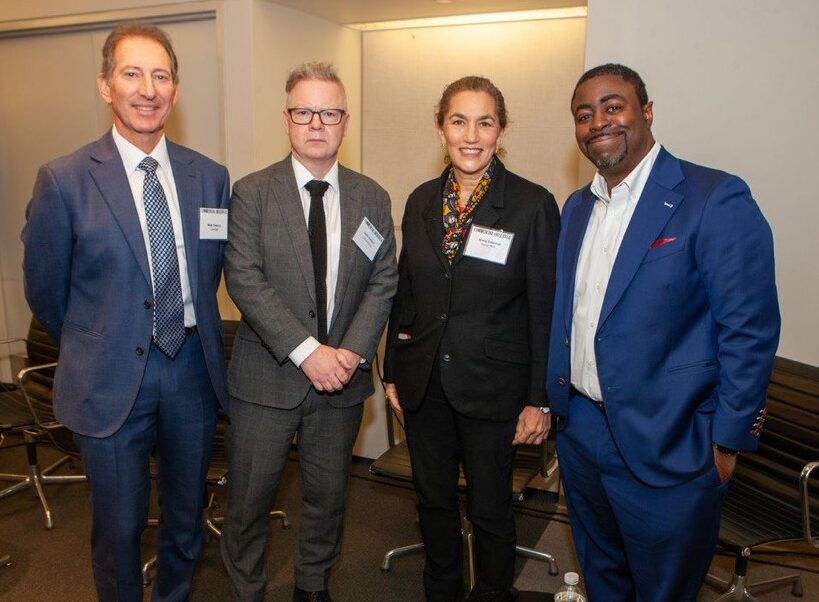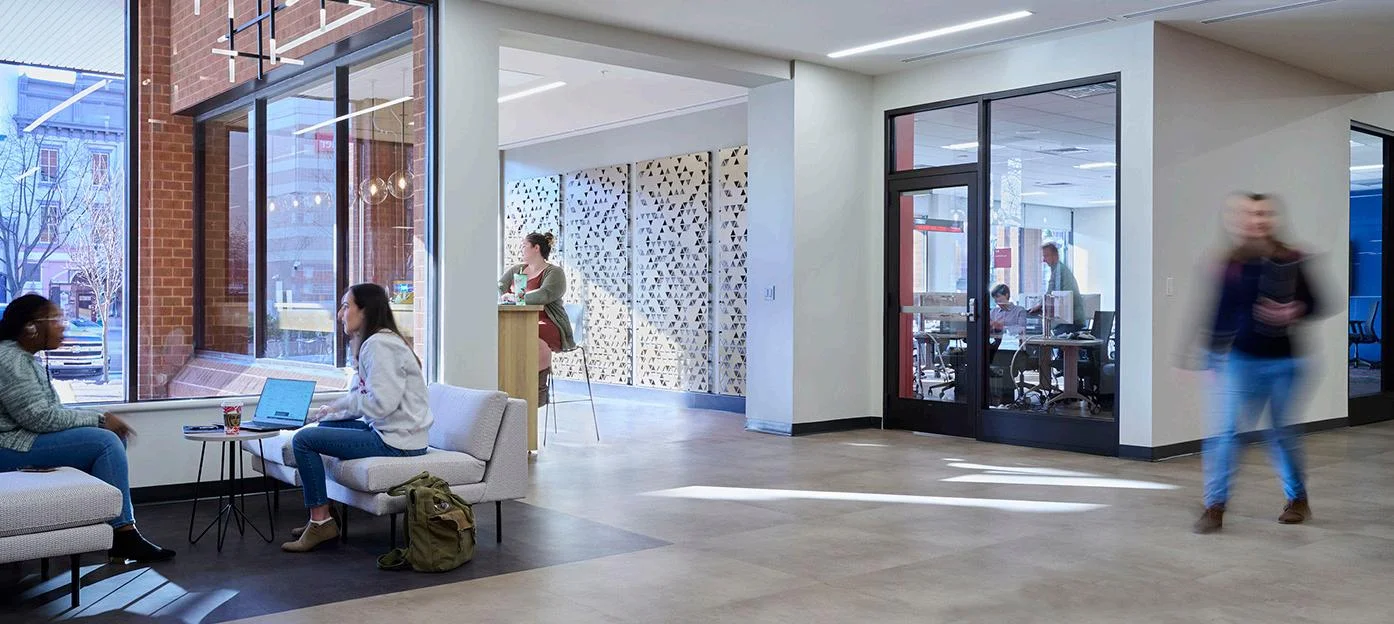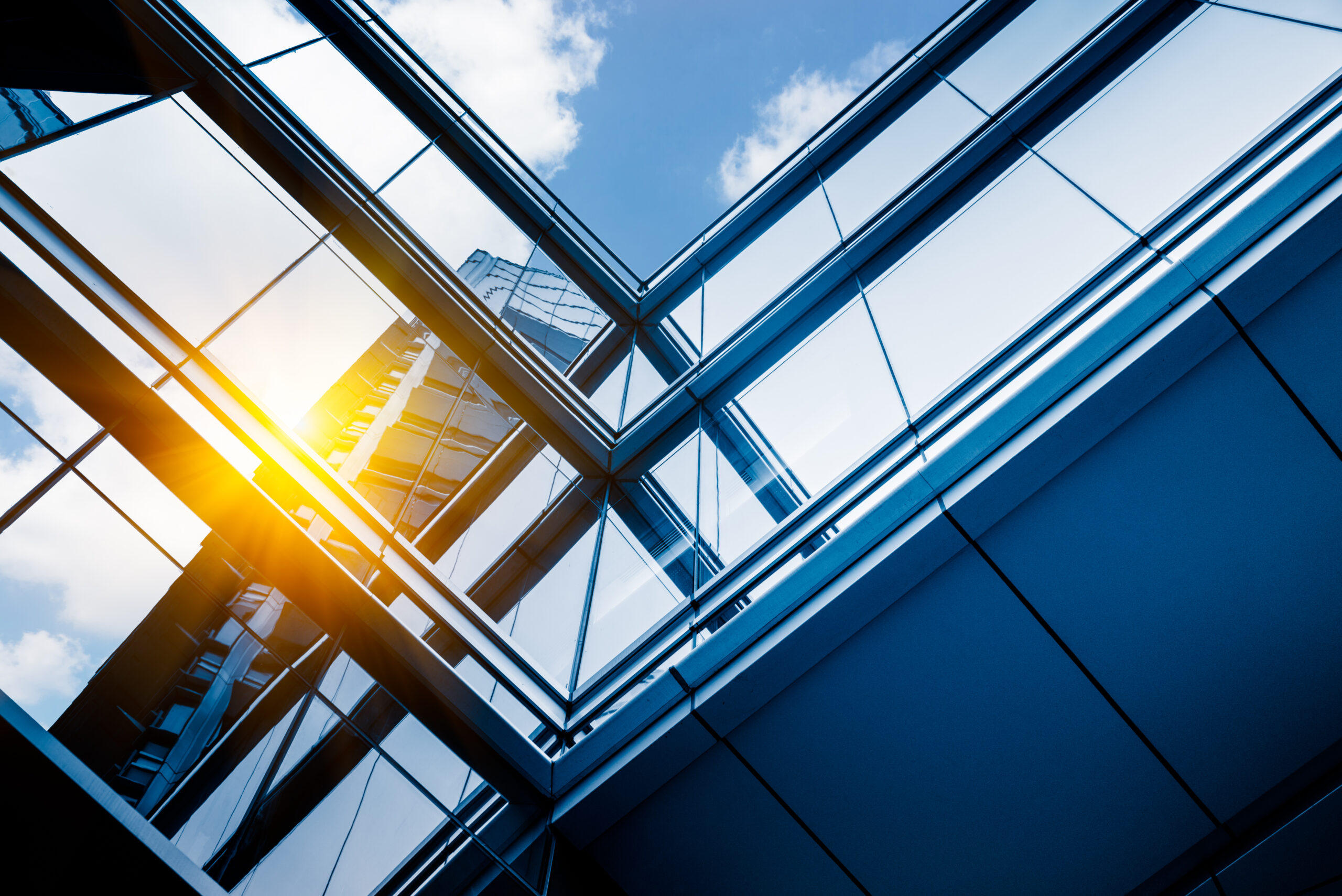Last week, the Commercial Observer Higher Education Forum convened industry leaders to explore the latest trends and challenges shaping higher education design and construction. A highlight of the event was the panel discussion “Reimagining Spaces: Repurposing Buildings for Academic Excellence and Economic Growth,” featuring Jenny Freeman, Managing Director of Buildings at Group PMX.
The panel, moderated by Nick Grecco, Operations Director at Consigli, delved into the intricacies of adaptive reuse for educational purposes and the multifaceted considerations in designing and constructing contemporary higher education facilities. Freeman was joined by colleagues Jerrod Delaine, CEO of The Delaine Companies representing Pratt Institute, and Justin Dollard, Executive Director of Planning and Design at the University of Rochester.
During the session, several critical factors were identified as influencing the successful repurposing of buildings for academic use. These include:
- Enrollment Fluctuations: The impact of shifting enrollment numbers on strategic planning and space utilization.
- Adaptive Reuse Complexities: Managing stakeholder priorities, integrating outdoor spaces, fostering collaborative environments, incorporating wellness areas, and meeting specific program requirements within existing spatial constraints.
- Budgetary Constraints: Identifying and managing ‘B-list’ elements to accommodate evolving needs under financial limitations.
- Evolving Learning Modalities: Accommodating distance learning and on-demand learning trends.
- AI and Research Facilities: The increasing importance of AI and dry labs for advanced research and development.
The discussion underscored the necessity of agile, innovative strategies to transform existing structures into dynamic, future-ready learning environments.

Accommodating Trends in Higher Ed Design & Construction
Higher education facilities developed through adaptive reuse are not exempt from the trends shaping ground-up construction in the sector. These influential trends include:
Flexible Classrooms and a High Level of Technology: Creating adaptable learning spaces is paramount to accommodating curriculum changes and fluctuations in enrollment. Flexible designs ensure campuses remain relevant and effective learning environments.
“We’re witnessing a significant demand for flexible spaces in bid requirements,” noted Freeman. “This is partly due to COVID-19, where remote learning became ubiquitous. Now, classroom facilities need to adapt to hybrid learning models, incorporating advanced technology to cater to both on-site and remote students.”
Sustainability and Carbon Neutrality: Panelists emphasized the importance of designing spaces that align with carbon neutrality goals, stressing the need for sustainable solutions that meet both academic and economic demands. This includes adapting and reconciling proforma models to integrate carbon-neutral ambitions and goals.
“Another pivotal trend is sustainability and carbon neutrality,” Jenny explained. “There’s a strong focus on creating environments that appeal to students, as competition among higher education institutions to attract and retain students intensifies. Carbon neutrality is a significant factor for today’s students, who are deeply interested in sustainability. Therefore, we’re concentrating on integrating these components not only to appeal to students but also because it’s economically advantageous.”

Additional Trends:
- Accessibility and Acoustics: Prioritizing these factors to enhance student comfort and learning experiences.
- Emergency Power: Ensuring repurposed spaces have sufficient emergency power for shelter-in-place scenarios, balancing functionality with safety.
- Lounge Environments: Incorporating more relaxed, collaborative spaces to foster interaction and relaxation.
- Office Space Repurposing: Converting office spaces for research and revenue-generating uses to maximize institutional resources.
These trends collectively shape the future of higher education facilities, driving innovation and adaptability in design and construction.
Navigating Financial Challenges and Rising Construction Costs
The panel examined the financial obstacles facing institutions today, particularly escalating construction costs. Yet, these challenges also open doors to meaningful transformation and advancement.
“Rising construction costs are a significant concern,” Freeman acknowledged in comments following the event. “It forces us to make difficult choices but also pushes us to be more creative. All members of the project team need to work together to find ways to integrate sustainable and innovative elements while staying within budget. It’s a delicate balance, but it’s crucial for the long-term success of these projects.”
Shaping the Future of Higher Education Spaces
The panel provided valuable insights into the future of higher education spaces. By repurposing existing buildings, institutions can create adaptable, forward-thinking educational environments that foster academic and personal growth. Jenny Freeman’s participation underscored Group PMX’s commitment to innovative and sustainable campus planning.
As higher education continues to evolve, the strategies and innovations discussed at the Commercial Observer Higher Education Forum will be crucial in shaping the campuses of the future. By embracing creative approaches, including adaptive reuse, institutions can develop vibrant, sustainable spaces that meet the needs of today’s students and prepare them for tomorrow’s challenges.
Date
October 24, 2024
Categories
Take your next project
to new heights.
Wherever you are with your next project, we’ll help you move forward, faster than ever.


